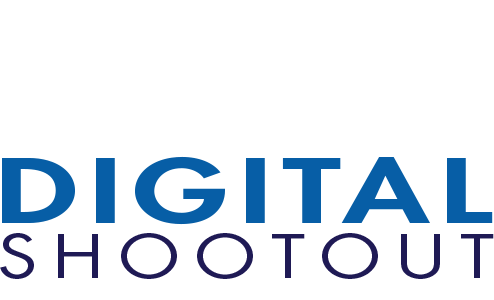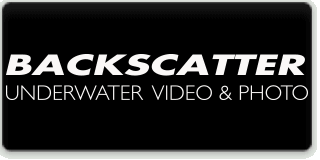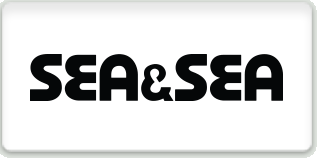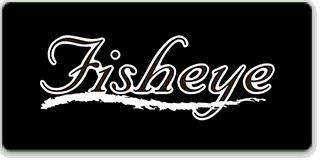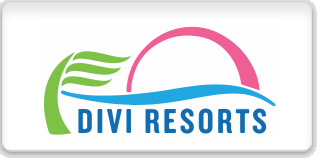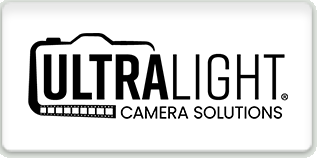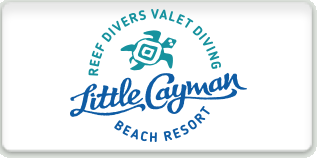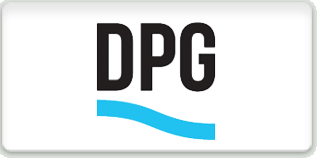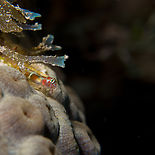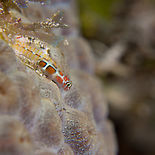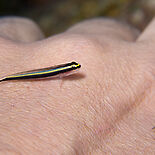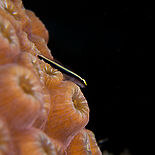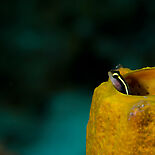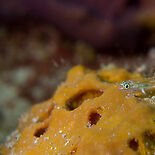GEAR TESTS: SONY NEX-7
 |
Rusty Sanoian Product Manager 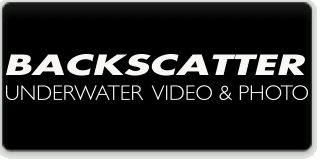 |
This was my first experience with the Sony NEX-7 camera. The NEX-7 has an APS-C size sensor (same sensor in many DSLRs) in a body the size of a micro four thirds camera. The two lenses I used shooting underwater at the Digital Shootout are the 18-55mm kit lens and the 16mm Pancake Lens with the Fisheye Converter.
The Sony NEX-7 camera features a 24 MP CMOS sensor, electronic viewfinder and has an incredible control set. There are two conveniently placed dials for adjusting aperture and shutter speed on the top back, right side of the camera body. Just below these is a large scrolling wheel that adjusts ISO. Sony calls this the Triple Dial control system and it is an excellent layout that allows you to easily adjust aperture, shutter speed or ISO with your thumb. One other critical feature on the NEX-7 that has not been offered on previous NEX cameras is the ability to separate focus from the shutter. This allows you to lock focus at a specific distance and then move the housing forward and back to obtain critical focus, which can be extremely helpful when shooting extreme macro subjects or when there is a lot of particulate matter in the water and auto focus is constantly seeking to try to obtain focus.
The build quality of the NA-NEX7 housing is top notch and takes advantage of the triple dial control layout and has two dials on the top right, record button, AF-ON button and ISO dial are all accessible with your right thumb. This housing has the best ergonomics of any housing I have used! Hats off to Sony for the control layout and to Nauticam for designing such an innovative housing. The 18-55mm lens uses a flat port and with the optional threaded adaptor allows you to attach wet mate lenses like the Inon UCL 165 and Inon UCL 330 Close Up Lenses.
Another incredible feature of the NEX-7 is the 2.4M dot electronic OLED display, Nauticam offers an adaptor that allows you to install either the enhanced 180 degree or 45 degree viewfinder. The stock viewfinder is fine for land use but trying to use it underwater can be a bit of a challenge. Since my first couple dives would be focused on super macro, I installed the Nauticam 45 degree viewfinder and two Inon UCL 330 macro lenses. There are some very small Gobies/Blennies that are less than .5 inch and I wanted to try and get some 1:1 or greater images. A single Inon D-2000 strobe would be more than enough light for the images I was going to capture. I used the LCD screen for the first dive to see how difficult it would be to see critical focus, it was not difficult to see critical focus with the LCD screen but I was interested to see how the 45 degree VF would work. For my second dive installed the 45 degree VF on the dive boat - it takes all of a couple minutes to swap the viewfinders and requires no tools just one retaining o-ring to swap viewfinders.
The 45 degree VF was incredible! I am used to shooting my DSLRs with an expanded viewfinder and trying to follow tiny fish around with an LCD screen, attempting to get that shot where they are posing with their mouth open and positioned perfectly just seemed easier with the 45 degree viewfinder.
The NEX-7 shoots 1080P video at 60 fps using an AVCHD progressive format at up to 28 Mbps. The second part of my test for the NEX-7 was to shoot some video using the Sony 16mm Pancake Lens with the Sony Fisheye Converter. This setup yields a 180 degree field of view equivalent to a 15mm fisheye lens on a full frame DSLR camera. Being able to white balance underwater when shooting wide angle video is critical, without white balancing, your video will be blue and green and lack color. You can correct it later when editing, but it will never look the same as video that was properly white balanced at depth.
The NEX-7 would take a white balance at 20ft, but I had issues any deeper than that. I was shooting with two Light & Motion Sola 4000 video lights and they did help bring some color out at deeper depths but the field of view (180') is so large with the 16mm fisheye that you need to focus on lighting a small subject in the foreground and let sunlight do the rest, or invest in some more powerful video lights. All of the video was shot in Auto White Balance as I was unable to get a proper white balance manually.
Overall I am very impressed with the performance of the Sony NEX-7 camera and the NA-NEX7 housing. The NEX-7 camera delivers excellent image quality in a small package with an excellent control set. Having three independent dials for the settings we change the most, and being able to separate focus put this camera in the same league as many current DSLRs. The size of the housing reminds me of my Nikonos V camera, and with travel restrictions being what they are, this is going to be a very popular system for the frequent traveler.
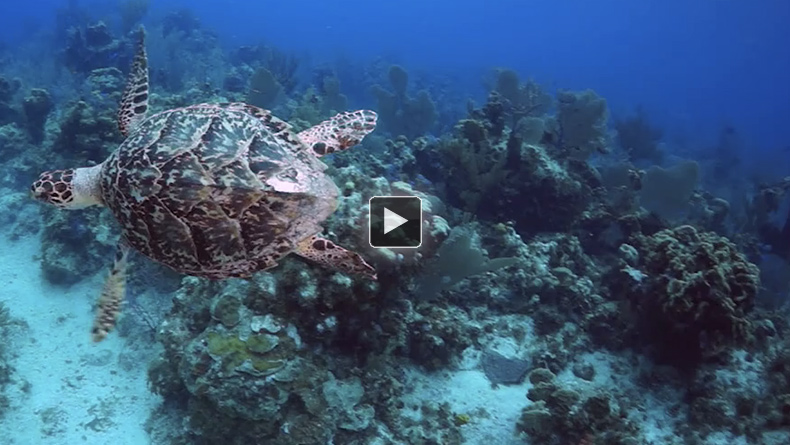
 |
Chris Parsons Sales Manager 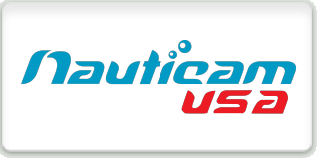 |
The Sony NEX-7 is the big brother to the NEX-5N. Sure, it has a new 24 Megapixel CMOS APS-C sized sensor, sports ultra fast performance, does focus peaking, shoots 1080p 60fps HD video using AVCHD, has a ton of cool features like HDR and sweep panorama, but the two things that really stand out with the NEX7? The awesome electronic viewfinder (EVF), and the three command dial interface.
First, the 3 command dial interface - when shooting in manual mode, one dial is devoted to shutter speed, one to aperture, and one to ISO. No need to click a button or go to a menu, just direct quick access to the three fundamental components of exposure. Very easy to explain!
The EVF is a 2.4M dot electronic OLED display, which translates to mean that it is bright, has excellent contrast, and the resolution is high enough that you won't see lines, even when using a magnifying viewfinder like the Nauticam 180º Enhanced Viewfinder or the Nauticam 45º Enhanced Viewfinder. An external viewfinder on a compact camera? Yes, you read that right. With an optional upgraded back, the NA-NEX7 can use the viewfinders originally designed for our SLRs. Imagine shooting video through a 45º viewfinder - it is now possible.
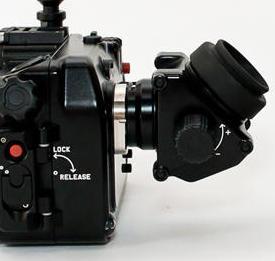
 |
JEAN BRUNEAU Aquatica Technical Advisor  |
NEX-5N
What can be said about the Aquatica AN5n? It is smooth, and it is compact. It delivers high performance and is a no brainer to use. Working in S-TTL with optical fiber, one button video operation, and a housing design that fits like a glove, this Aquatica housing has proven to be an international success for us. Technical Divers appreciate the housing for its diminutive size, minimal task loading, overall ruggedness and 300ft + depth rating. Sport divers enjoy it for its operating simplicity, non obstructive design and light weight.
The camera's performance will rival much bigger DSLRs. No surprise there, as underneath this ever so small camera is a sensor equal in size and quality to the majority of DLSR sensors on the market. Its large screen makes it's a breeze to frame and compose your images. The pricing of the camera and housing are most affordable and in my opinion, the Sony NEX-5 and the Aquatica AN-5n housing is one of the best ways to seriously get started in underwater photography.
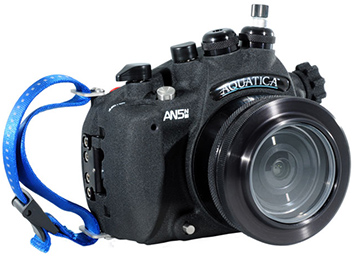
READ MORE GEAR TESTS:
